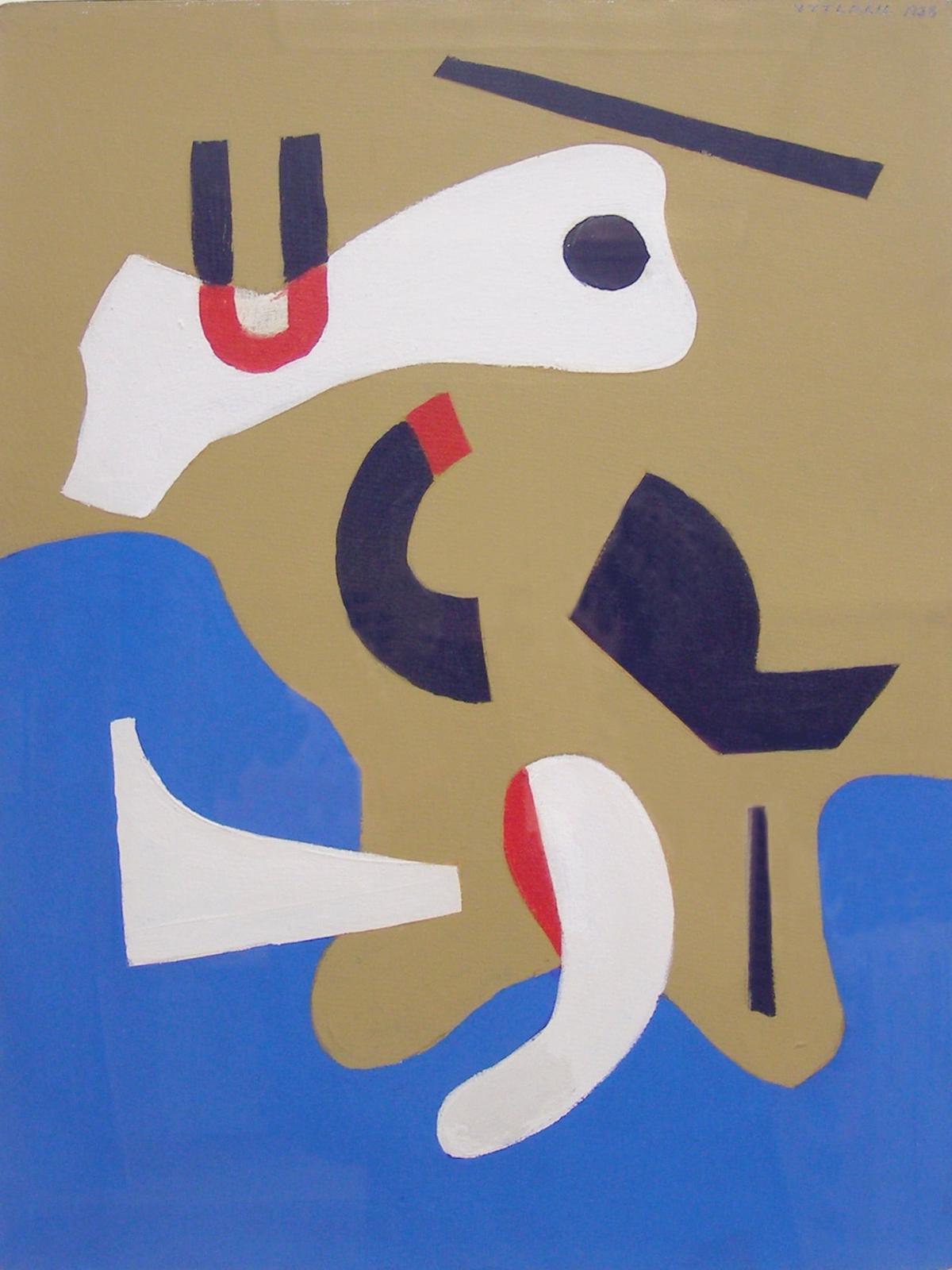artist
Vaclav Vytlacil was born in New York City on November 1, 1892. His parents were Czechoslovakian immigrants who had come to the United States and settled in the New York area. At the age of thirteen Vaclav was enrolled at the Art Institute of Chicago. He received a scholarship from the Art Students League in 1913 and returned to New York where he studied under Impressionist painter John C. Johansen. In 1916 he accepted a teaching position from the Minneapolis School of Art. This post allowed him to study abroad in Europe especially the art of Cézanne. Vytlacil settled in Munich and became a member of the Royal Academy of Art. Here he became close friends with two American artists Ernst Thurn and Worth Ryder. Vytlacil was introduced to the abstract artist Hans Hoffman through Thurn, and when Thurn decided to leave the Royal Academy to study with Hoffman, Vytlacil followed suit. Vytacil was greatly affected by Hoffman’s work and began to take a serious interest in creating works in this new style. Vytlacil traveled with Hoffman as his teaching assistant and student from 1922 to 1926.
In 1927 Vaclav Vytlacil returned to the United States. He gave many lectures during this time period and became a member of the Art Students League faculty. Completely charmed by the work of this group, Vytlacil returned to Europe in order to persuade Hans Hoffman to return to the United States and to become a member. After six years abroad Vytlacil returned to the United States permanently. In the 1940s and 1950s his works become even more non-representational and spontaneous. Vytlacil continued to work and teach with the Art Students League until 1978. He died in Sparkhill, New Jersey on January 5, 1984.
provenance
Private Collection, Greenwich, CT



